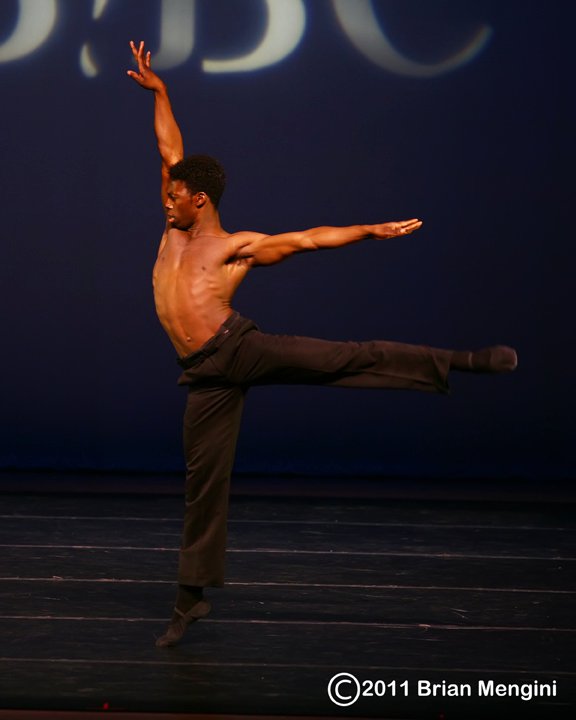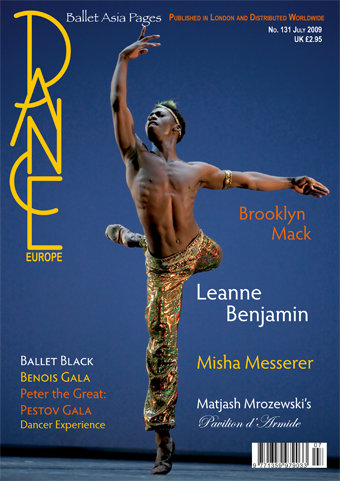It’s the time of year true ballet lovers eagerly wait for — LifeChance, a one-of-a-kind multi-dancer, multi-company performance so unique that dancers from all over the world clammer to claim their spots on the stage — is coming up on Saturday March 15th at 7":30 at the Koger Center for the Arts!
Columbia Classical Ballet has produced the unique dance benefit gala, LifeChance, to raise awareness and funds for a wide variety of charitable causes for over two and a half decades. LifeChance was originally created by Columbia Classical Ballet Founder Radenko Pavlovich, with the very first LifeChance benefitting the war-torn children of Bosnia, during their troubling conflict over two and a half decades ago! The LifeChance gala brings together some of the best dancers in the world, to share their gifts through a one-night only live performance at the Koger Center for the performing Arts in Columbia, South Carolina.
This year, under the direction of Columbia native, Joseph Phillips, the performance promises to be better than ever. Among the dancers performing are from the American Ballet Theatre, Léa Fleytoux, Jarod Curley, Elisabeth Beyer, and Takumi Miyaki. From San Francisco Ballet, Sasha Mukhamedov and Ruben Citores, and from Ballet Eloelle Grandiva, one of the few all-male comedic dance companies in the world, Walter Battistini and Jonathan Mendez. Joining these stellar performers will be Sakura Oka, previously of Columbia City Ballet, as well as the current company of Columbia Classical Ballet. However, with so many world class international dancers eager to perform in this renown performance, there’s no telling who the audience might find on stage!
As part of Columbia Classical Ballet’s greater mission of outreach, community involvement, and exposure to the artform of ballet, LifeChance gala tickets, like the company’s regular season program tickets, are offered at a fraction of what they would otherwise cost.
Columbia Classical Ballet is excited to welcome Joseph Phillips as its new Artistic Director. Phillips, a celebrated international dancer and choreographer, returns to his hometown of Columbia, S.C., to lead the company into a new era of artistic excellence and dancer development. He assumes the position following the recent departure of former Artistic Director Brooklyn Mack, who replaced Pavlovich a few years before.
Often referred to as “the Golden Boy of Ballet” due to his winning more Gold Medals in prestigious international competitions than any American male danseur, Phillips brings a wealth of experience and acclaim to the role. He has graced the stages of renowned companies such as San Francisco Ballet, Miami City Ballet, American Ballet Theatre, Ballet Manilla, and Mariinsky Ballet, Primorsky Stage, where he became one of the few American dancers to ever achieve the rank of principal dancer. He is also widely recognized as an esteemed teacher and choreographer, and currently serves as Artistic Director of El Camino Ballet.
Deeply rooted in Columbia, where his journey in dance began, Phillips' first ballet school was Columbia Ballet School under the tutelage of Anita Ashley. His first male ballet teacher, Anthony Hampton, a South Carolina native, instilled in him the belief that ballet is for everyone, regardless of gender. His passion for ballet blossomed further when he performed in his first Nutcracker with the Columbia Music Festival Association. He continued to hone his craft, training with Stanislav Issaev at the esteemed South Carolina Governor's School for the Arts and Humanities in Greenville, South Carolina. Throughout his career, Phillips has maintained a strong connection to his home state, notably as a guest artist with South Carolina Ballet. Over the past two decades, he has also continued to work with the Columbia Music Festival Association, Columbia Ballet School, and Carolina Ballet.
"I'm excited to bridge my work with El Camino Ballet and Columbia Classical Ballet, creating opportunities for both companies to expand their reach and share their artistry," saysPhillips. "I envision bringing the unique creations of Columbia Classical Ballet to the West Coast, showcasing the talent and creativity that thrives in my hometown."
"I'm honored to return to my roots and lead Columbia Classical Ballet into its next chapter," says Phillips. "Columbia holds a special place in my heart, and I'm deeply committed to nurturing the talents of our dancers and creating a company that is a source of pride for Columbia and a vibrant contributor to the international dance community."
In recognition of his contributions to the arts, Joseph Phillips has been awarded ‘THE KEY TO THE CITY,’ declaring July 17 as Joseph Phillips Day in Columbia, South Carolina.








